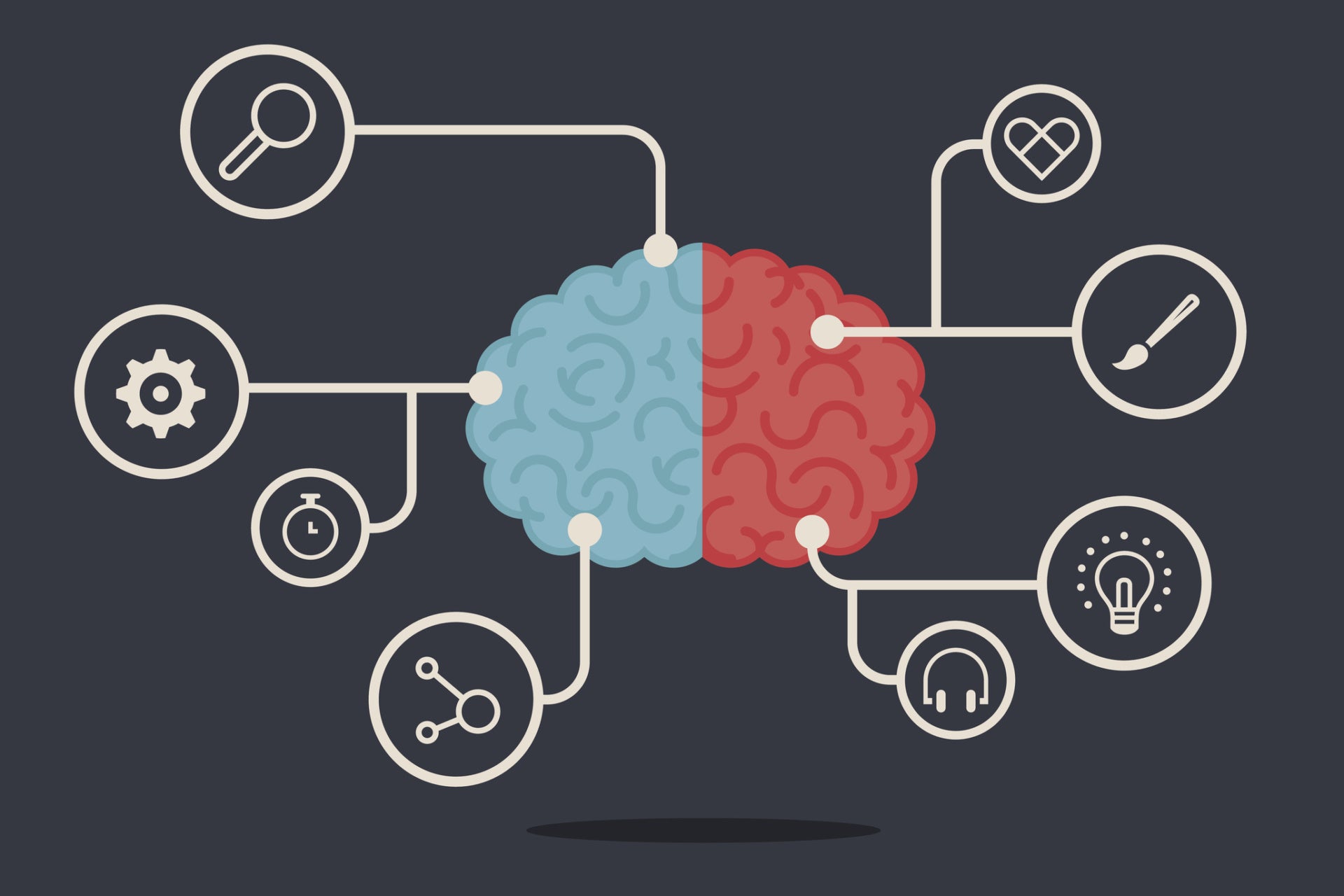The biweekly ‘So What?’ guide highlights advice, events, and tips — mostly from the advocacy and evaluation worlds, selected by the Aspen Planning and Evaluation Program.
How to think better about how to change thinking
With thanks to the resilient Rhonda Schlangen (and her titanium enhanced right arm), we share this witty and useful blog post from Jim Coe on common logical fallacies that advocates and evaluators might succumb to as we interpret advocacy results. (We are sorry about the dead allegorical chicken; that was harsh). This past year has engendered a lot of reflection in the US about how our siloed information restricts our ability to see things as they are and reason clearly. The brilliant Brooke Gladstone discusses her views in this episode of On the Media. Looking back at 2017, the estimable Berkeley Media Studies Group chose ten progressive “media bites” that might break through to skeptical audiences.
Aha moments and squirrels
Our friends at the Aspen Institute’s Five Best Ideas of the Day considered this new research one of their five best ideas of 2017, thank you: research at Ohio State University uses a complex strategy game to track how players learn and behave as they reach an “aha moment” on how to win. As one researcher said, “We could predict they were about to have an epiphany before they even knew it was coming.” Useful tips, perhaps, for chess players and possibly advocacy strategists. And if your on-task thinking and search for epiphanies is frequently interrupted (squirrel!) by extraneous thoughts — or colleagues — consider this approach to regaining momentum when you come back to the task.
Aspen Evaluation Breakfast is back: Mark your calendars and maps
On February 23rd from 8:15 to 9:45 AM right here at 2300 N Street — the new home of the Aspen Institute’s headquarters — Robin Kane and Carlisle Levine will present a framework for helping evaluators show whether and how advocacy makes a difference. Together with co-authors Carlyn Orians and Claire Reinelt, Robin and Carlisle collaborated on a brief from the Center for Evaluation Innovation on using contribution analysis in policy work. Robin and Carlisle will offer an overview, drawing on five case studies to illustrate their approach. They’ll engage the audience in thinking critically about the interaction between advocates and other influences within a complex multi-actor environment. All this and APEP’s legendary breakfast treats. RSVP here!

